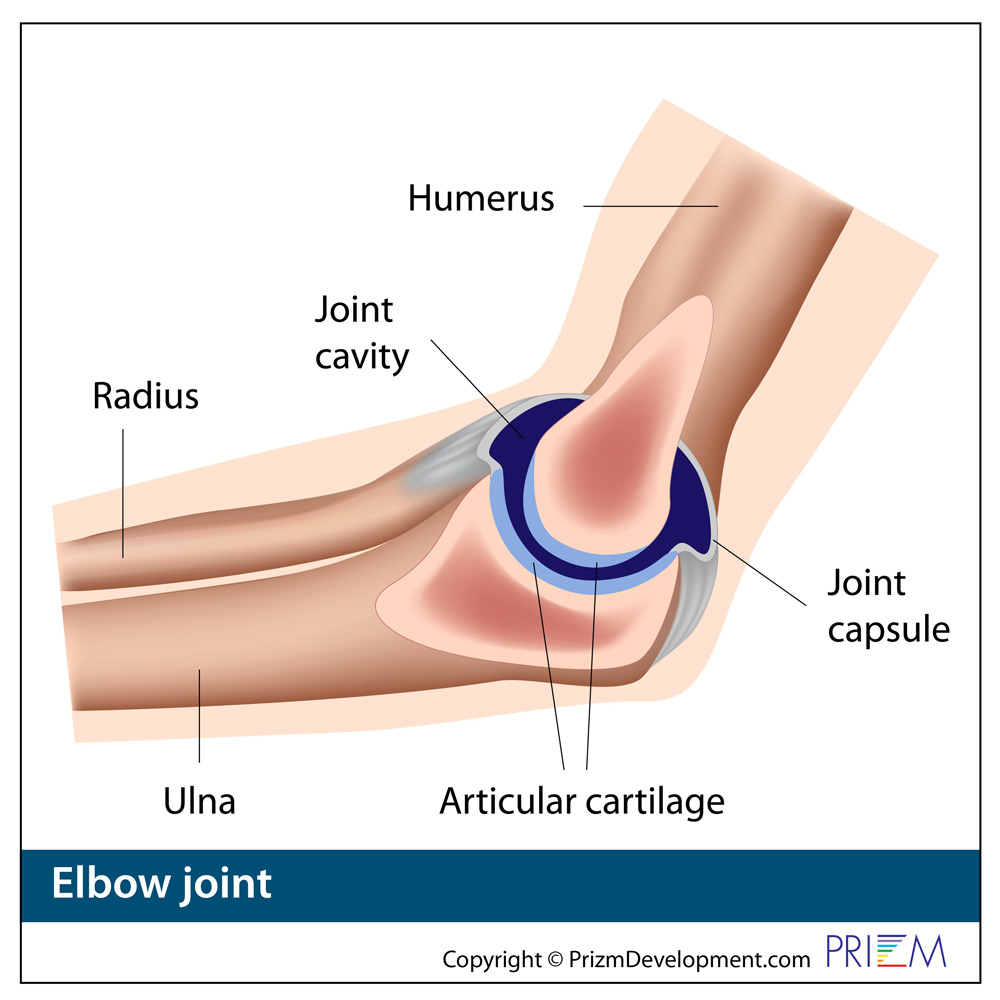Golfer's Elbow
![]() Golfer's Elbow, medial epicondylitis, is a type of cumulative trauma injury and occurs when the tendons that attach to the inner elbow degenerate. Tendons do not stretch easily and are vulnerable to degeneration during repetitive motions, such as those used during a golf swing or work activities. Golfer's Elbow involves the common flexor tendon that connects flexor forearm muscles to the inner (medial) side of the elbow bone (epicondyle).
Golfer's Elbow, medial epicondylitis, is a type of cumulative trauma injury and occurs when the tendons that attach to the inner elbow degenerate. Tendons do not stretch easily and are vulnerable to degeneration during repetitive motions, such as those used during a golf swing or work activities. Golfer's Elbow involves the common flexor tendon that connects flexor forearm muscles to the inner (medial) side of the elbow bone (epicondyle).
 Symptoms
Symptoms
A main symptom of Golfer's Elbow is pain and tenderness at the inner side of the elbow that increases during wrist flexion or grasping motions. The pain may radiate down the forearm and into the hand.
Causes
Repetitive motions and cumulative stress cause the tendons on the inner side of the elbow to deteriorate. Such motions may occur while playing golf, but also may result from many other non-golfing activities, such as heavy lifting and hammering.
Treatment Options
The majority of people with Golfer's Elbow find symptom relief with non-surgical methods. If surgery is necessary, there are open and arthroscopic methods to fix the problem. Treatment typically includes rest or an alteration/restriction of activity. Specific stretching and exercises under the guidance of an occupational therapist are often prescribed. The therapist may use ultrasound or other modalities to promote healing.
A splint, brace, or elbow wrapping may be recommended by your Celebration Orthopaedics hand surgeon. The application of ice to the affected area can help relieve pain.
Surgery is considered if significant pain continues after non-surgical treatments have failed over a long time. The goal of surgery is to remove the damaged tendon and reattach the healthy tendon to the bone. There are several approaches to the surgery, including open surgery, percutaneous, and arthroscopic surgery.
Arthroscopic surgery uses a small camera, called an arthroscope, to guide the surgery. Only small incisions are used and the joint is not opened. Arthroscopic surgery for Golfer's Elbow is associated with a positive outcome and usually a shortened recovery time.
Recovery
Elbow motion begins almost immediately following surgery and is gradually increased per your surgeon’s instructions. Full recovery from elbow surgery may take several months. It is important to manage the condition with rest, rehabilitation, and lifestyle or sports modifications, such as changing the technique of a golf swing or work activity.

 Arm & Hand
Arm & Hand